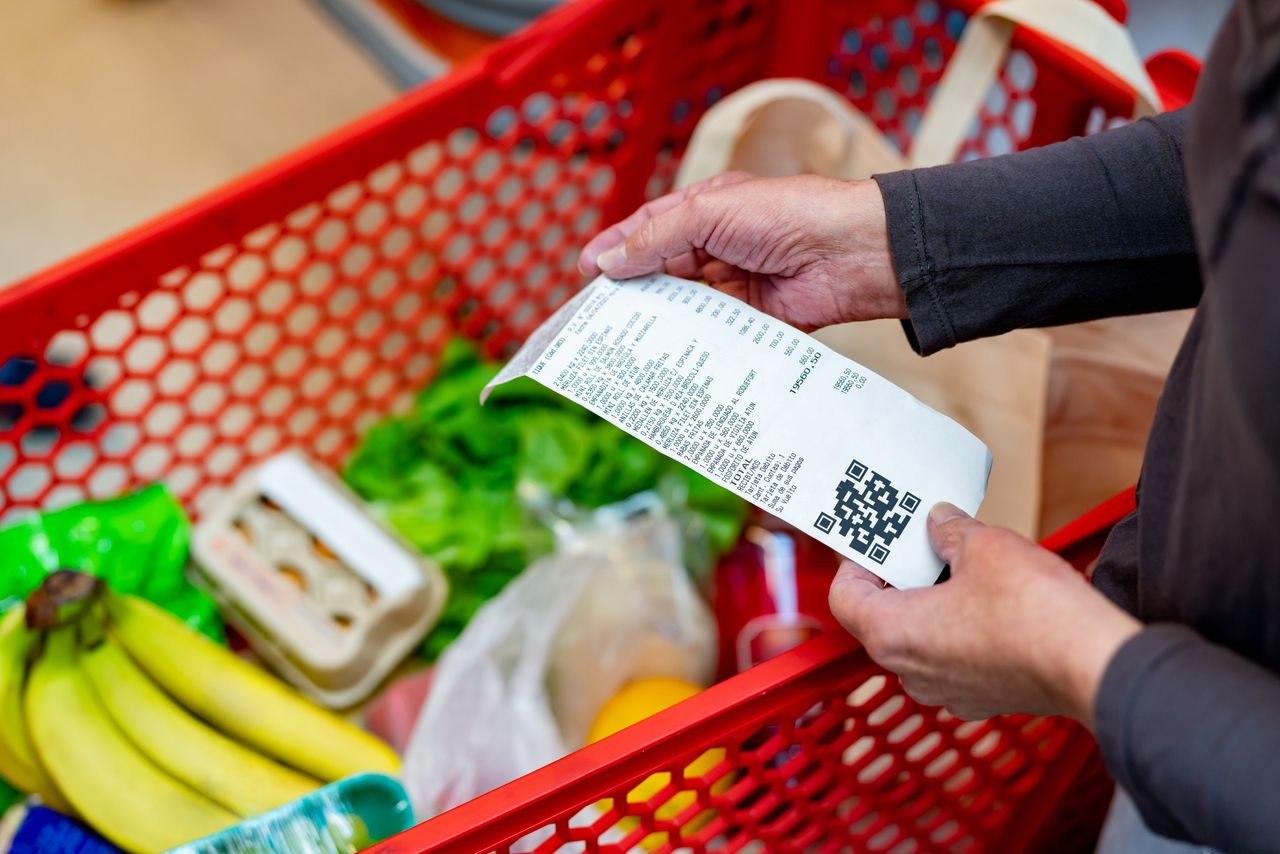For many households, the persistent rise in grocery prices has become a significant source of concern, sparking widespread frustration. While broader inflation figures may show signs of stabilization, it often means that already elevated food costs continue to climb, albeit at a decelerated pace. Understanding the intricate dynamics behind these price movements, especially the role of federal interest rates, is crucial for consumers navigating their household budgets.
Delving deeper into specific food categories reveals a more nuanced picture than general inflation metrics suggest. Even as overall food price inflation might be inching closer to the Federal Reserve’s target, certain staples continue to experience substantial year-over-year increases. Data from the Bureau of Labor Statistics, for instance, highlights significant surges in the cost of essential items such as eggs, coffee, and ground beef, underscoring the uneven impact of economic pressures on the food sector.
A common question arises: how do federal interest rates truly influence the cost of your groceries? The fundamental economic principle is that interest rates serve as a key mechanism for controlling the money supply within the economy. When interest rates are elevated, borrowing becomes more expensive, prompting consumers to curtail discretionary spending and prioritize essential purchases, often relying on existing cash reserves rather than credit or new loans.
Theoretically, higher interest rates should act as a brake on inflation by reducing overall demand as consumers spend less. However, the actual efficacy of the federal funds rate in curbing inflation is highly dependent on the specific market context and the underlying root causes of the inflationary pressures. Various sectors respond differently to monetary policy adjustments, making a direct correlation challenging to establish for every good or service.
From a business perspective, interest rates can indirectly elevate grocery prices by increasing the operational costs for retailers. If supermarkets and food distributors face higher borrowing costs for loans and credit lines used to manage inventory and supply chains, they may be compelled to pass a portion of these increased expenses onto consumers through higher shelf prices. Quantifying this exact impact on your grocery bill, however, is complex and varies significantly among different retail operations.
While an argument can be made for interest rates contributing to inflationary pressures on groceries, it is imperative to recognize that numerous other factors often exert a far more substantial influence on food costs. These can include supply chain disruptions, labor expenses, energy prices, and even global commodity market fluctuations, all of which play a pivotal role in determining the final price at the checkout counter. Understanding these multifaceted elements is key to comprehending the full scope of food price dynamics.
It is equally important to acknowledge the reciprocal relationship between grocery prices and the federal funds rate. The Federal Reserve meticulously monitors price stability and inflation data as critical inputs when formulating its monetary policy decisions. For instance, in the aftermath of widespread price surges, the Fed actively raised interest rates to help stabilize the economy, demonstrating how consumer prices directly inform central bank actions.
Navigating the complex landscape of food costs and economic policy requires continuous vigilance. As consumers, closely observing economic trends and adopting strategic spending habits can help mitigate the impact of fluctuating prices. Ultimately, the price of everyday essentials like eggs, coffee, and ground beef reflects a confluence of factors, highlighting the intricate web of economic forces at play within the modern marketplace.






Leave a Reply